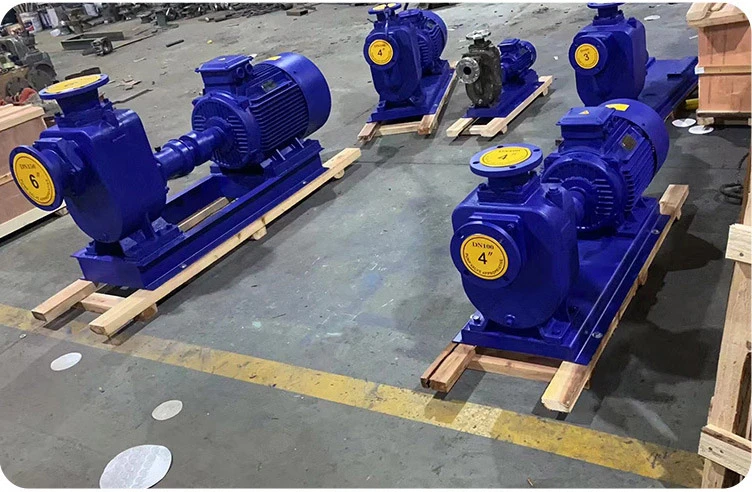Nepali
- Afrikaans
- Albanian
- Amharic
- Arabic
- Armenian
- Azerbaijani
- Basque
- Belarusian
- Bengali
- Bosnian
- Bulgarian
- Catalan
- Cebuano
- Corsican
- Croatian
- Czech
- Danish
- Dutch
- English
- Esperanto
- Estonian
- Finnish
- French
- Frisian
- Galician
- Georgian
- German
- Greek
- Gujarati
- Haitian Creole
- hausa
- hawaiian
- Hebrew
- Hindi
- Miao
- Hungarian
- Icelandic
- igbo
- Indonesian
- irish
- Italian
- Japanese
- Javanese
- Kannada
- kazakh
- Khmer
- Rwandese
- Korean
- Kurdish
- Kyrgyz
- Lao
- Latin
- Latvian
- Lithuanian
- Luxembourgish
- Macedonian
- Malgashi
- Malay
- Malayalam
- Maltese
- Maori
- Marathi
- Mongolian
- Myanmar
- Nepali
- Norwegian
- Norwegian
- Occitan
- Pashto
- Persian
- Polish
- Portuguese
- Punjabi
- Romanian
- Russian
- Samoan
- Scottish Gaelic
- Serbian
- Sesotho
- Shona
- Sindhi
- Sinhala
- Slovak
- Slovenian
- Somali
- Spanish
- Sundanese
- Swahili
- Swedish
- Tagalog
- Tajik
- Tamil
- Tatar
- Telugu
- Thai
- Turkish
- Turkmen
- Ukrainian
- Urdu
- Uighur
- Uzbek
- Vietnamese
- Welsh
- Bantu
- Yiddish
- Yoruba
- Zulu
Telephone: +86 13120555503
Email: frank@cypump.com
अगस्ट . 20, 2024 00:04 Back to list
Understanding the Principles and Applications of Axial Flow Pumps in Industrial Settings
Understanding Axial Flow Pumps A Comprehensive Overview
Axial flow pumps, a vital component in various industrial applications, play a crucial role in transporting fluids with high flow rates but relatively low pressure. Unlike centrifugal pumps, which use rotational energy to increase fluid velocity, axial flow pumps utilize a different mechanism that focuses on moving fluid along the axis of the pump.
Design and Functionality
The core design of an axial flow pump consists of an impeller that has blades oriented parallel to the pump’s shaft. When the impeller rotates, it imparts kinetic energy to the fluid, pushing it axially through the pump casing. This design enables the pump to achieve significant flow rates, making it particularly effective for applications that require the movement of large volumes of water or other liquids.
Axial flow pumps can be classified based on various characteristics, including single-stage and multi-stage configurations. Single-stage pumps are typically used for low head applications, where the elevation that the fluid needs to be lifted is minimal. In contrast, multi-stage pumps are designed to handle higher heads by stacking multiple impellers, allowing them to increase both pressure and flow rate effectively.
Applications
The applications of axial flow pumps are broad and diverse. They are extensively used in irrigation systems, drainage, and water supply networks, where the need for large volumes of water movement is common. Additionally, these pumps are found in municipal and industrial wastewater treatment facilities, where they help in conveying treated effluent and raw sewage.
In the energy sector, axial flow pumps are crucial in cooling systems, especially in power plants where large quantities of water are required for cooling turbines
. Their ability to maintain consistent flow rates makes them ideal for applications that need reliable performance over extended periods.axial flow pump

Advantages of Axial Flow Pumps
One of the primary advantages of axial flow pumps is their efficiency in handling large volumes of fluid. Their design allows for a smooth, continuous flow, reducing turbulence and associated energy losses. Furthermore, axial flow pumps generally have lower operational and maintenance costs compared to other types of pumps, especially in applications where high flow rates are necessary.
Another significant advantage is their comparatively lightweight construction and compact size relative to the flow capacity they provide. This feature not only simplifies the installation process but also makes axial flow pumps an attractive option for many engineering projects where space is a constraint.
Challenges and Considerations
However, axial flow pumps do come with certain challenges. They are not as effective in generating high pressures compared to centrifugal pumps, which limits their usage in applications requiring significant head. Additionally, proper selection and sizing of these pumps are crucial; inefficient design can lead to cavitation – a phenomenon that can cause significant damage to the impeller and reduce the overall efficiency of the system.
Conclusion
In summary, axial flow pumps are integral to various applications where high flow rates are essential. Their design and functionality make them well-suited for specific operational scenarios, particularly where space and efficiency are critical. While they present some challenges, the advantages they offer often outweigh these issues, making them a preferred choice in many industries. Understanding the operational principles and applications of axial flow pumps is crucial for engineers and operators tasked with optimizing fluid transport systems.
-
Custom Drilling Mud and Slurry Pump Supplier - High Efficiency, Tailored Solutions
NewsJun.10,2025
-
Supply Vertical Submersible Sewage Pump High-Efficiency WQ/QW Pumps Supplier
NewsJun.10,2025
-
Premium Sewage Ejection System & Pumps Efficient Waste Removal
NewsJun.09,2025
-
Premium Wholesale Slurry Pump Impellers Durable & Efficient Slurry Handling
NewsJun.09,2025
-
Top Sewage Pump Companies Durable Industrial Solutions for Efficiency
NewsJun.09,2025
-
Heavy Duty Slurry Pumps - OEM High Performance & Bulk Wholesale
NewsJun.09,2025










